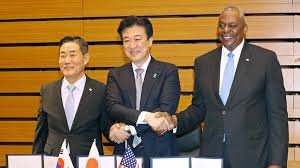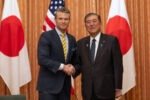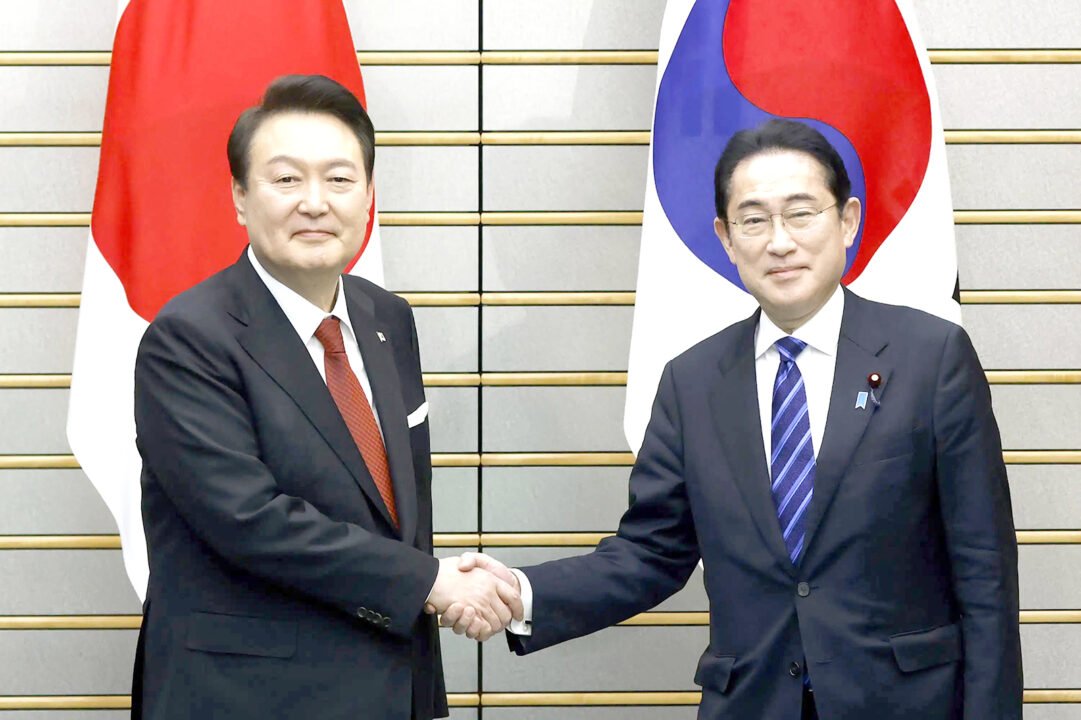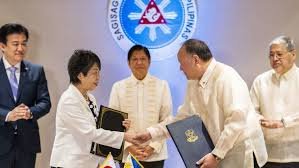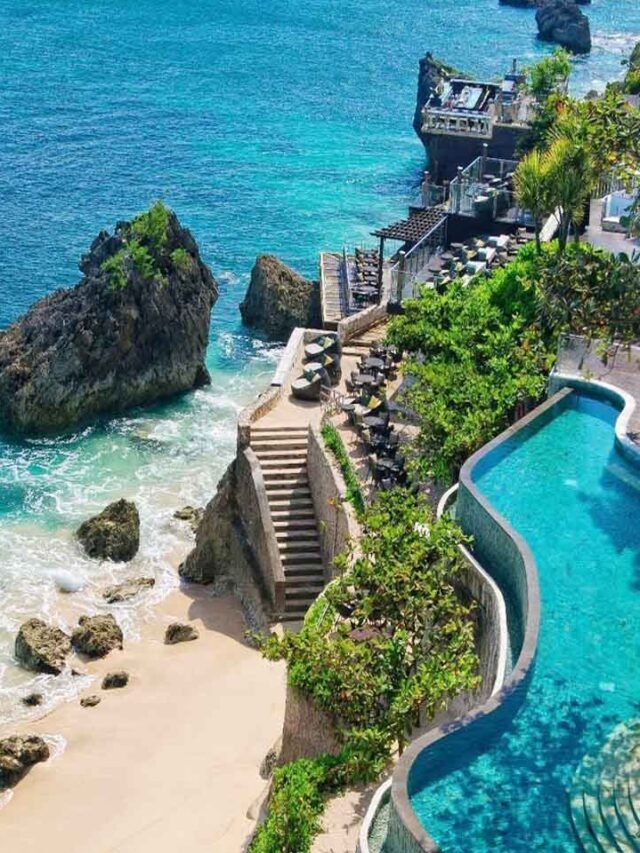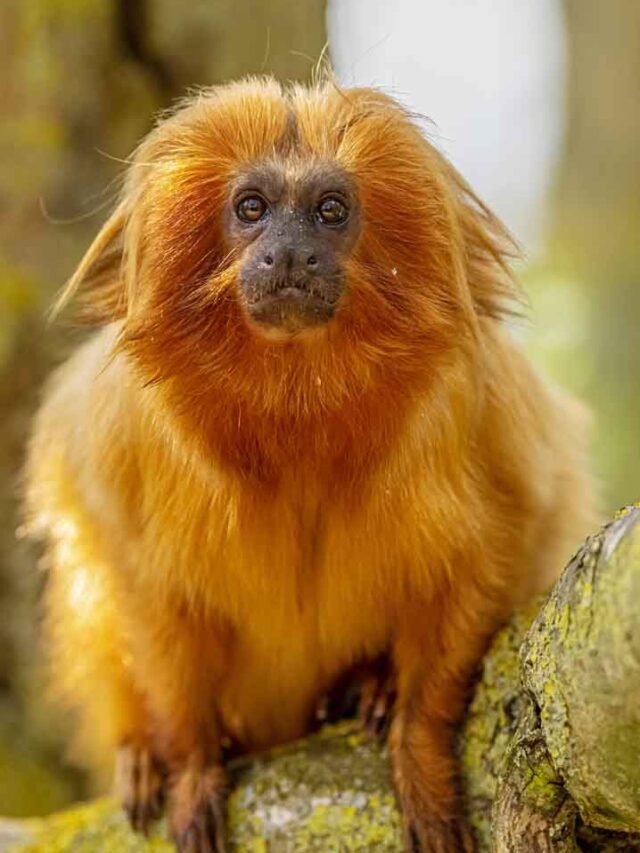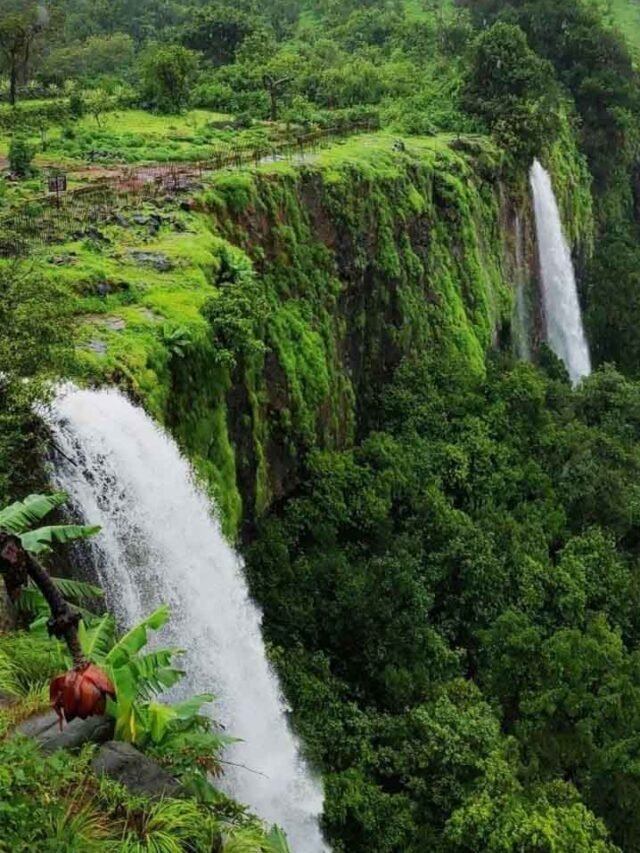TOKYO, July 28: Japanese and US defence chiefs and top diplomats agreed to further bolster their military cooperation by upgrading the command and control of US forces in the East Asian country and strengthening American-licensed missile production there, describing the rising threat from China as “the greatest strategic challenge”.
Japan is home to more than 50,000 US troops, but the commander for the US Forces Japan headquartered in Yokota in the western suburbs of Tokyo, tasked with managing their bases, has no commanding authority. Instead, instructions come from the US Indo-Pacific Command in Hawaii. The plans will give the USFJ greater capability while still reporting to INDOPACOM.
Secretary of State Antony Blinken and Defence Secretary Lloyd Austin joined their Japanese counterparts, Yoko Kamikawa and Minoru Kihara, at the Japan-US Security Consultative Committee in Tokyo, known as “2+2” security talks where they reaffirmed their bilateral alliance following President Joe Biden’s withdrawal from the November presidential race.
“We are standing at a historic turning point as the rules-based, free and open international order is shaken to the core,” Kamikawa said. “Now is a critical phase when our decision today determines our future.”
Austin, in his opening remarks, said China is “engaging in coercive behaviour, trying to change the status quo in the East and South China Seas, around Taiwan and throughout the region”, adding that North Korea’s nuclear program and its deepening cooperation with Russia “threaten regional and global security”.
In the joint statement issued after the talks, the ministers said China’s foreign policy “seeks to reshape the international order for its own benefit at the expense of others” and that “such behaviour is a serious concern to the alliance and the entire international community and represents the greatest strategic challenge in the Indo-Pacific region and beyond”.
China has been at odds with many countries in the Asia-Pacific for years because of its sweeping maritime claims over the crucial South China Sea. It also claims self-governing Taiwan as its territory, to be annexed by force if necessary. In March, Beijing announced a 7.2 per cent increase in its defense budget, already the world’s second-highest behind the United States, marking a massive military expansion.
The ministers said the US command reorganisation, set for March to be in line with Japan’s own command updating, aimed “to facilitate deeper interoperability and cooperation on joint bilateral operations in peacetime and during contingencies” and enhance intelligence coordination, surveillance, reconnaissance and cybersecurity.
Japan has long suffered from cybersecurity threats that Washington believes are of grave concern. Lately, Japan’s space agency revealed it suffered a series of cyberattacks, and though sensitive information related to space and defence was not affected, it has triggered worry and pushed the agency to pursue preventative measures.
The ministers in a joint statement reaffirmed the US commitment to “extended deterrence”, which includes atomic weapons — a shift from Japan’s earlier reluctance to openly discuss the sensitive issue, as the world’s only country to have suffered atomic attacks, amid nuclear threats from Russia and China.
Japan has been accelerating its military buildup and has increased joint operations with the US as well as South Korea while trying to strengthen its largely domestic defense industry.
Tokyo has significantly eased its arms export restrictions and in December accommodated a US request for shipment of surface-to-air PAC-3 missile interceptors produced in Japan under an American license to replenish US inventories, which have decreased due to its support for Ukraine.
The ministers said they will pursue efforts to expand Japanese production of PAC-3 interceptors for export to the United States, as well as co-production of Advanced Medium-Range Air-to-Air Missiles to meet “critical demand” for such systems to be ready when needed “to deter aggression”.
Japan and the US have also been accelerating arms industry cooperation following an April agreement between Japanese Prime Minister Fumio Kishida and Biden. The two sides have set up working groups for missile co-production and for the maintenance and repair of US Navy ships and Air Force aircraft in the region.
While Japan’s role is largely designed to help US weapons supply and keep its deterrence credible in the Indo-Pacific amid continuing conflicts in the Middle East and Ukraine, Japanese officials say it will help strengthen the Japanese defence industry.
Earlier Sunday, ahead of the 2+2 talks, Kihara met with Austin and South Korean Defence Minister Shin Won-sik for their first trilateral defense talks hosted by Tokyo and signed a memorandum based on their June agreement in Singapore that institutionalizes their regular high-level talks, joint exercises and other exchanges.
Defence officials said on Sunday the memorandum serves as the basis for future defence cooperation among the three countries despite possible leadership changes while showcasing their unity.
“The signing of this memorandum makes our trilateral cooperation unwavering even under changing global environments,” Kihara told reporters.
Kihara also met Shin, the first South Korean defense chief to visit Japan in 15 years. They agreed to take steps to deepen their bilateral defense ties. (AP)


